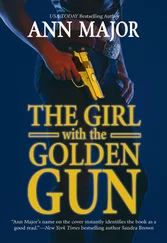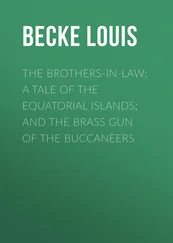♦ Allow successful applicants to acquire guns in any state and to transport guns to any state. A rigorous licensing program would allow states and cities to lessen their vigilance and thus alleviate a good many of the headaches now endured by hunters, private detectives, and even state and local law-enforcement officers when they travel or relocate from one part of the country to another.
♦ Designate the use or manufacture of a counterfeit license a felony, with a mandatory sentence of five years in federal prison.
♦ Prohibit minors, as now, from acquiring handguns and rifles, and set the minimum age for purchases of both at twenty-one. (Currently federal law allows a minor to acquire a rifle when he turns eighteen. He must be twenty-one to buy a handgun.)
♦ Limit purchases of handguns to one a month. The law, however, would also establish a mechanism for exempting collectors and others with a compelling reason for buying more than one handgun at a time.
♦ Establish a waiting period of ten working days, both to provide a cooling-off period for consumers intent on killing themselves or others in a fit of passion, and to allow ATF to verify that the purchase license is still valid. A fresh criminal-record check would be unnecessary. The law would include a provision for emergency exemptions in situations where a gun buyer can demonstrate an immediate threat to life and limb if he cannot have his gun immediately. The Brady bill’s five-day waiting period will provide a welcome pause in gun transactions, but only for five more years, after which the pause will be eliminated and replaced by an instant criminal background check. This is an optimistic expectation given the complexity of developing any computer system capable of searching the databases of fifty states in any period of time even broadly qualifying as “instant.”
♦ Enact a nationwide version of the parental-liability laws now in force in Florida and California, which hold parents criminally liable if their children wound themselves or others using an improperly stored firearm.
These purchase provisions would, at the very least, compel consumers to recognize the grave dangers and responsibilities inherent in owning a firearm. The buyer-licensing program alone would save lives simply by requiring consumers to learn about the weapons they hope to acquire.
III. DESIGN
The Life and Liberty Preservation Act would include provisions aimed at restricting the firepower of consumer guns, improving the design of guns to make them safer for the people who buy them, and producing for the first time hard statistics on what makes, models, and calibers of guns are most often used in given crimes. These provisions would ban the sale or transfer of silencers, limit the magazine capacity of civilian firearms to ten rounds, and forbid the sale and possession of empty magazines having capacity for more than ten. The law also would take the long-overdue step of increasing the tax fee for transferring machine guns to $500, from the $200 fee established in 1934.
In addition, these design provisions would:
♦ Amend the Consumer Product Safety Act to include firearms and thus grant the Consumer Product Safety Commission authority to monitor firearms accidents and firearms defects, and to order the mandatory recalls of defective or unsafe guns. This measure would go a long way toward at last compelling firearms manufacturers to build safer guns, in particular child-safe guns. At last an official oversight agency could ask that most obvious of questions: If aspirin bottles can be childproof, why not guns?
♦ Require that police departments report to ATF the manufacturer, model, and serial number of every gun they seize in the course of their operations, along with a description of the primary criminal charge that prompted the seizure. Such a massive tracing effort would for the first time provide an accurate count of just how many guns are used in crime each year, and which models the crooks choose most often. The data would be published quarterly and annually in the Federal Register , complete with the name of each manufacturer, the caliber, and the model. The nation’s firearms industry would undoubtedly protest this provision, but it would provide the great benefit of at last establishing in quantifiable, objective terms the direct relationship between the production of guns and their use in crime. It would, for example, provide hard numbers on just how often criminals use assault-style weapons like the Cobray M-11/9.
♦ ♦ ♦
The Life and Liberty Preservation Act doesn’t have a chance in hell of being passed.
Even the simplest regulations meet outraged opposition from the NRA, the Second Amendment Foundation, and the Gun Owners of America. Theirs is a reflexive opposition based on the rather paranoid belief that any step toward firearms regulation must necessarily take us one more step down the road to federal confiscation of America’s guns and, willy-nilly from there, to tyranny and oppression. Yet survey after survey shows that most Americans favor rigorous firearms regulations. The 1993 Harris survey of adults found that 52 percent of us favored an outright ban on ownership of handguns, provided consumers could petition a court for special permission to own one. Sixty-seven percent favored limiting “the purchase of guns by any one person to one a month.” Eighty-two percent favored a federal law requiring that all handguns be registered with federal authorities.
Given all this support, why does America still stand virtually alone in the world as the nation with the fewest and least effective limits on the proliferation of guns?
The answer, I think, is that even those of us who favor strong regulation lack the conviction of those who oppose such laws. The vociferous few dominate the debate and shape the laws to suit their interests while the rest of us stand by and cluck at news of the latest homicidal spree.
Robert Sherrill in his 1973 book, The Saturday Night Special , suggested that all this mayhem might satisfy something deep within the American soul. “We enjoy it more than we will admit,” he wrote. “We experience the assassination of a Kennedy with all the wailing gusto that an Irish wake deserves. We are honest enough to admit, by implication at least, that gunplay involving some of our lesser celebrities doesn’t always, or uniformly, make us feel nearly so depressed…. We are like the old Wobbly who, shortly after Huey Long’s assassination, told a colleague, ‘I deplore the use of murder in politics, but I wouldn’t give two cents to bring the sonofabitch back to life.’”
The assassinations of the sixties were a unique and in a sense nonthreatening form of gun violence. We in the TV audience could congratulate ourselves on being safe because we, after all, were not in politics. Even the race riots in the last third of the decade seemed containable phenomena. Most of America watched from secure living rooms with a collective shaking of heads. I can remember watching the news in the weeks before one of my family’s annual trips to visit relatives in South Dakota. Although I did briefly wonder whether the world could remain intact, I assured myself there would be no riots in the town of Arlington, South Dakota, where my grandparents lived behind still-unlocked doors. I trusted the turnpike system to neatly whisk me past the smoldering remains of Newark and Detroit. Many Americans did buy guns in those years, enough to produce that largest-ever increase in gun sales, but the fact is, most of us fortunate enough to live outside the ghetto were as safe as rain. Many of us, no doubt, even saw a positive side to letting those people duke it out among themselves. This sense of remove from the battlefield has long been one of the fundamental obstacles to reasonable, effective gun legislation; it explains why our able representatives on Capitol Hill only feel empowered to crimp the free flow of guns when some hitherto unimaginable act of carnage demonstrates beyond doubt that violence knows no geographic or racial border.
Читать дальше
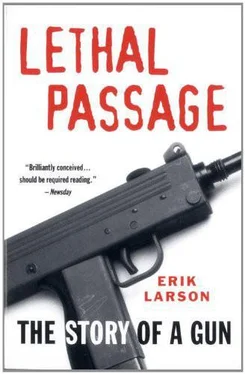
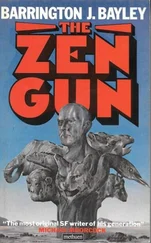
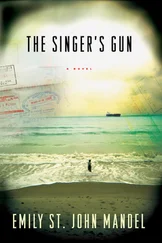

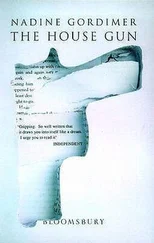

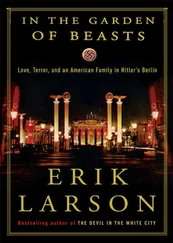

![Ричард Деминг - Whistle Past the Graveyard [= Give the Girl a Gun]](/books/412176/richard-deming-whistle-past-the-graveyard-give-t-thumb.webp)
